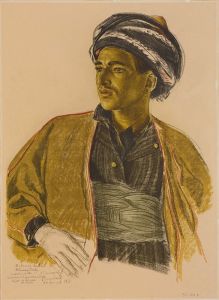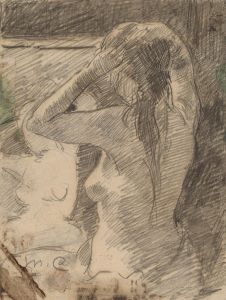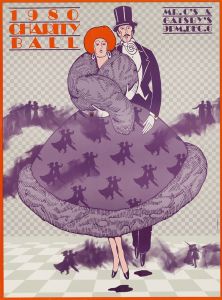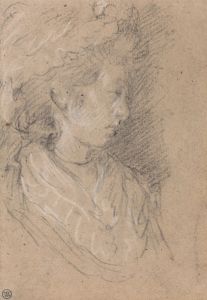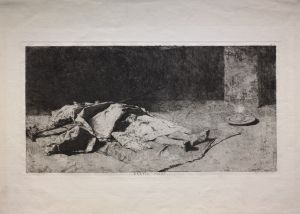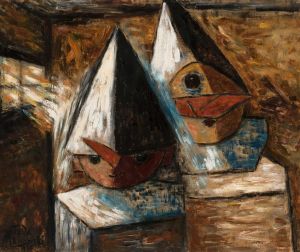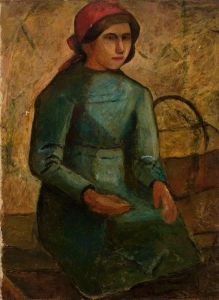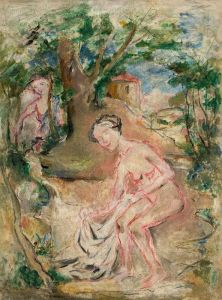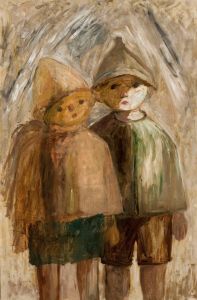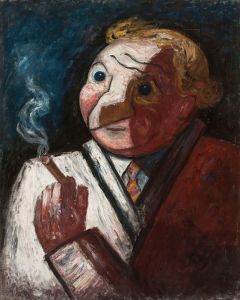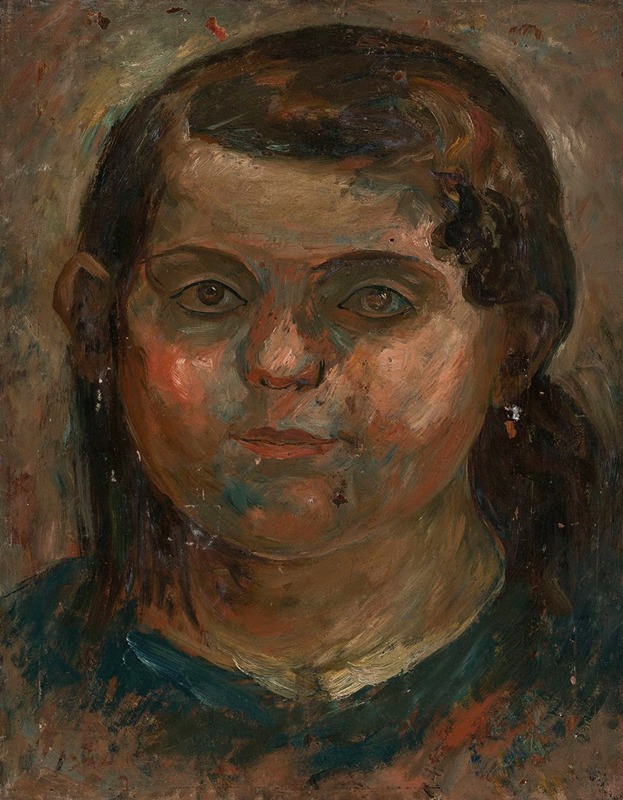
Head of a little girl in a blue dress
A hand-painted replica of Tadeusz Makowski’s masterpiece Head of a little girl in a blue dress, meticulously crafted by professional artists to capture the true essence of the original. Each piece is created with museum-quality canvas and rare mineral pigments, carefully painted by experienced artists with delicate brushstrokes and rich, layered colors to perfectly recreate the texture of the original artwork. Unlike machine-printed reproductions, this hand-painted version brings the painting to life, infused with the artist’s emotions and skill in every stroke. Whether for personal collection or home decoration, it instantly elevates the artistic atmosphere of any space.
Tadeusz Makowski (1882–1932) was a Polish painter known for his distinctive style that combined elements of Post-Impressionism, Cubism, and folk art. His works often depicted scenes of everyday life, children, and rural landscapes, characterized by a sense of simplicity and emotional depth. Among his notable works is Head of a Little Girl in a Blue Dress, a painting that reflects his focus on childhood as a recurring theme in his art.
Head of a Little Girl in a Blue Dress portrays a young girl dressed in a blue garment, with a focus on her facial expression and innocence. The painting exemplifies Makowski's ability to capture the essence of childhood through a combination of soft, muted colors and a stylized, almost geometric approach to form. The girl's face is rendered with a sense of introspection, a hallmark of Makowski's portraits of children. The use of blue in the dress contrasts gently with the neutral tones of the background, drawing attention to the subject while maintaining a harmonious composition.
Makowski spent much of his career in France, where he was influenced by the artistic movements of the early 20th century, including Cubism. However, his work retained a unique character that set it apart from his contemporaries. He often drew inspiration from Polish folk art and traditions, blending these influences with modernist techniques to create works that were both innovative and deeply personal.
The exact date of Head of a Little Girl in a Blue Dress is not documented, but it is consistent with Makowski's body of work from the 1920s and early 1930s. During this period, he frequently painted children, often imbuing his subjects with a sense of quiet dignity and emotional resonance. His paintings from this time are celebrated for their ability to evoke universal themes of innocence and humanity.
Makowski's works, including Head of a Little Girl in a Blue Dress, are held in high regard and can be found in various museum collections, particularly in Poland and France. His contributions to modern art have been recognized for their unique blend of traditional and avant-garde elements, making him a significant figure in the history of Polish art.
Further details about the provenance or current location of Head of a Little Girl in a Blue Dress are not widely available. However, the painting remains an example of Makowski's skill in portraying the human spirit through the lens of childhood, a theme that continues to resonate with audiences today.





